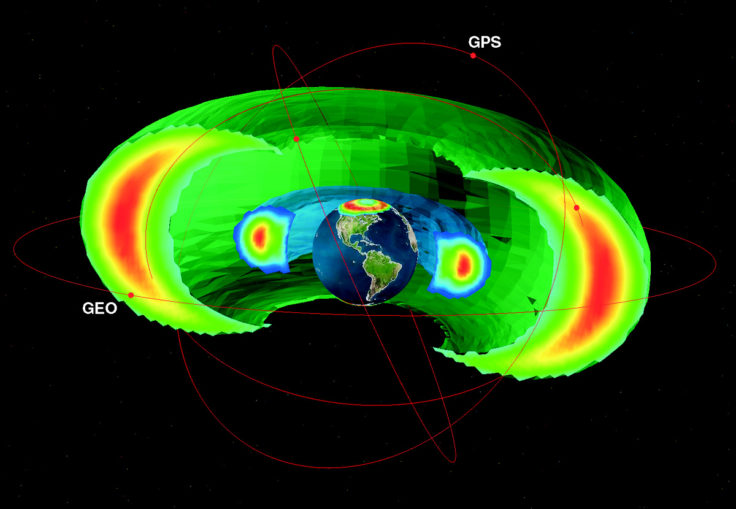BAS-RBM
BAS Radiation Belt Model (BAS-RBM)
The radiation belts are the region of space around the Earth where high energy charged particles are trapped by the Earth’s magnetic field. The energy of the particles and their distribution in space are influenced by many factors, including the solar wind, interactions between the particles and electro-magnetic waves and activity on the sun. The relationship between these factors and the charged particle population is complex and the dynamics of the radiation belts are an area of intense international research.
Understanding the processes that occur in the radiation belts is not simply an interesting scientific problem. High energy electrons can damage satellites, disrupt satellite services such as GPS navigation and communications, endanger crew on spacecraft and may even influence the climate by causing chemical reactions in the upper atmosphere.

The BAS model simulates changes in the high-energy electron population of the radiation belts taking into account effects such as the changing solar activity and wave-particle interactions. This will help to improve our understanding of the processes involved and help us develop warning and forecasting capabilities.
The BAS model is currently being developed to provide now-casts for the radiation belts as part of the SPACECAST Framework-7 project and to understand the radiation belts at Jupiter and Saturn.
The BAS model has been developed at the British Antarctic Survey in Cambridge, UK by
Richard Horne
Science Leader - IMP 1
BAS Science Strategy Executive Group, Space Weather and Atmosphere team, BAS Executive team